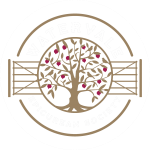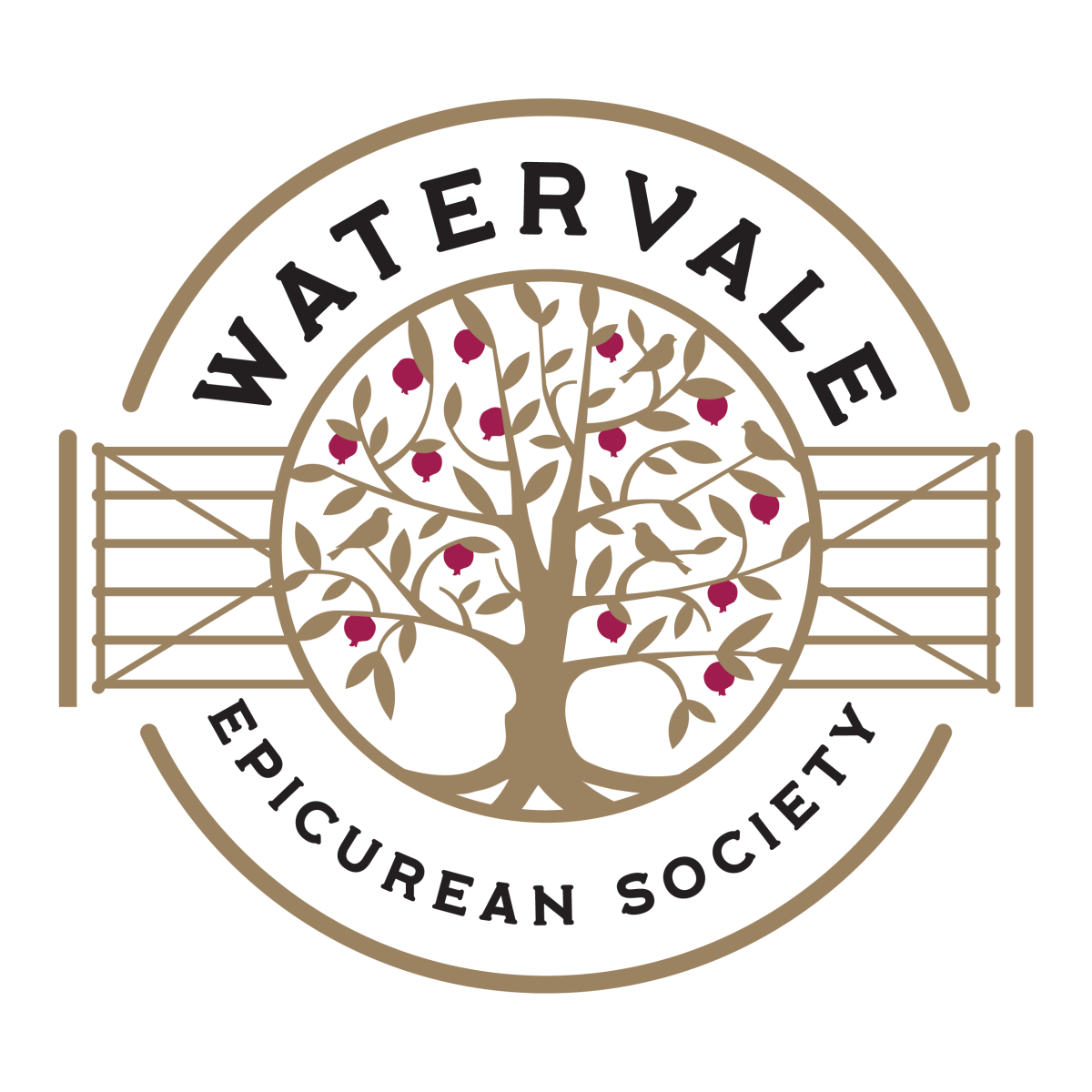The Clare Valley is one of the most diverse wine regions, and tourism destinations in the world.
We enjoy and celebrate diversity on so many levels – climatic, geological and geographical, grape varieties and wine styles, farming, cultural and tourist destinations.
The Clare Valley is a tapestry of villages, a patchwork of farms, and offers surprises around every corner. From a wine perspective it is the appellation of a thousand terroir.
Climate – delivers ‘powerful yet elegant’ wines.
Being a temperate climate the seasons are quite pronounced in the Clare Valley. The average summer temperature is around 30 degrees. It can get very hot during Summer, sometimes above 40 degrees, but it is a dry heat. The average night time temperature in Summer is more like 14 degrees.
Winter is very different with average maximum temperature of 14 degrees, getting down to around 3 degrees, and sometimes below zero, overnight.
Both Spring and Autumn days are largely lovely days in the low or mid 20’s, and the diurnal temperature difference is around 15 degrees, and can often be 20 degrees. Combined with largely dry Autumns this is perfect conditions for farming of all kinds, and in particular wine grapes.
The warm days from bud burst in September through to harvest in around March ensures that grapes are ripe with powerful varietal character. The cool nights mean that there is high levels of retained natural acid. Wines of Clare are therefore both powerful and elegant – ideal for food accompaniment.
This combination of ripe fruit and long natural acidity is perfect for quality Riesling. You can see it in the glass. However this characteristic is apparent in all grape varieties grown in the Clare Valley. It is what drives the savoury style of Clare Shiraz, and allows for the rich varietal Cabernet Sauvignon character with length, structure but not green angularity.
Geology and Geography – the appellation of a thousand terroir.
Most wine appellations of the world are defined by their homogeneity – the sameness of soil structure, altitude, rainfall and management. It is this uniformity that determines consistency so that it is really only winemaking technique and vintage fluctuation that provides difference. The Clare Valley is the opposite.
The Clare Valley is actually a set of parallel ranges and valleys that are part of the same geological system as the Flinders and Mount Lofty Ranges. The ranges and elevated valleys rise above the pastoral and grazing terrain of South Australia’s Mid North like an oasis.
Vineyards in the region are planted at 250 meters to just over 600 meters above sea level. The highest are at a similar altitude to Ashton Hills – the highest vineyard in South Australia.
Rainfall is only 24-28 inches per annum, with most falling in winter, but rainfall in the Skillogalee Valley is around double that of Mintaro only some 15 kilometers to the east but in the rain shadow. The variation from site to site is quite pronounced.
As the region is a set of parallel ranges and valleys almost every vineyard has a unique aspect. The sunshine hours vary from site to site dependent on the height of the hills and the shape of the valleys.
The real difference in terroir is driven below the surface. As with everywhere else in the world the soils in the Clare Valley were laid down layer upon layer over millions of years. Most of the ancient rocks in the Clare Valley are sedimentary silts, sand and carbonate that settled and compacted over a 300 million year period. The big difference is that 500 million years ago the Flinders, Clare and Mount Lofty Ranges were all formed by seismic activity known as the Delamerian Orogony which tilted the surface and pushed up the mountains. In the millions of years since this folding of the earth the rocks largely eroded, softer rocks carved away to form valleys whilst the harder rocks stood proud. The oldest rocks are west of the Skillogalee Valley through the Spring Gully conservation park and Armagh. The geological structure of the Skillogalee Valley is completely different built on dolomite named after this valley. Watervale is red loam on limestone and shale. The hills to the east are glacial tillite, whilst the Polish Hill River has the youngest siltstone rimmed by slate deposits.
The combinations of different altitudes, aspects, rainfall and soils has created this appellation of a thousand terroir.
It is no wonder why so many different varieties flourish in the Clare Valley. They key is site selection and matching to varieties.
There is little to be gained attempting to rank or categorise the sub-regions. Each vineyard has its own virtues. The beauty is in the diversity. It is what makes a wine tasting tour of the Clare Valley so amazingly interesting.
Farming diversity – An epicurean paradise
Whilst vineyards dominate in the Clare Valley it is far from an agricultural mono-culture. Orchards and market gardens where once a major part of the region’s history, and are starting to return.
The diversity of the region can best be understood by stepping off the undulating plateau and visiting the grazing and cropping lands that surround. Grains, canola and legumes are all grown; sheep and cattle grazed.
It is less than two hours to both the Spencer and Saint Vincent Gulfs the source of fresh fish.
The fresh produce can be enjoyed alongside Clare Valley wine at numerous restaurants in the region.
Cultural diversity – A tapestry of villages and industries
The Clare Valley sits in Ngadjuri lands. The Ngadjuri lived in the hills from the Barossa Valley to the Southern Flinders and out past Burra.
The European settlers began with English pastoralists notably the Hawkers of Bungaree, who were soon joined by Austrian Jesuits at Sevenhill; Irish and Cornish miners with the discovery of Copper in Burra, Kapunda and the Copper Coast; Polish; and Germans who largely worked in wine. This diversity of religion and ethnicity was fairly unique in South Australia, a state designed and managed by British Protestants.
The richness of the region created off the sheep’s back, in the mines, through wheat, and later in the vineyards is evident by visiting Bungaree Station, Martindale Hall, the Burra Mines, Sevenhill Cellars, and Quelltaler Estate.
The Clare Valley tourism region that stretches from the ‘Pink Lake’ near Lochiel to past the Goyder line east and north of Burra provides an amazing diversity of experiences.
The Clare Valley is an ideal hub for a quintessential rural Australian holiday.
Watervale Hotel – Embracing diversity, and respecting difference, and inclusiveness.
The Watervale Hotel lists every grape variety grown in the Clare Valley and has attempted to embrace the regions wine diversity through list selections.
We also look to feature food grown in the region – in a way traceable to the farmer where-ever possible.
Nicola Palmer seeks inspiration for cuisine style from all over the world – particularly street food, respecting different techniques and influences.
Our inclusiveness extends to our staff who find their way to Watervale from all over the world. Upon re-opening on September 1st we will have ten staff born in nine different countries!








